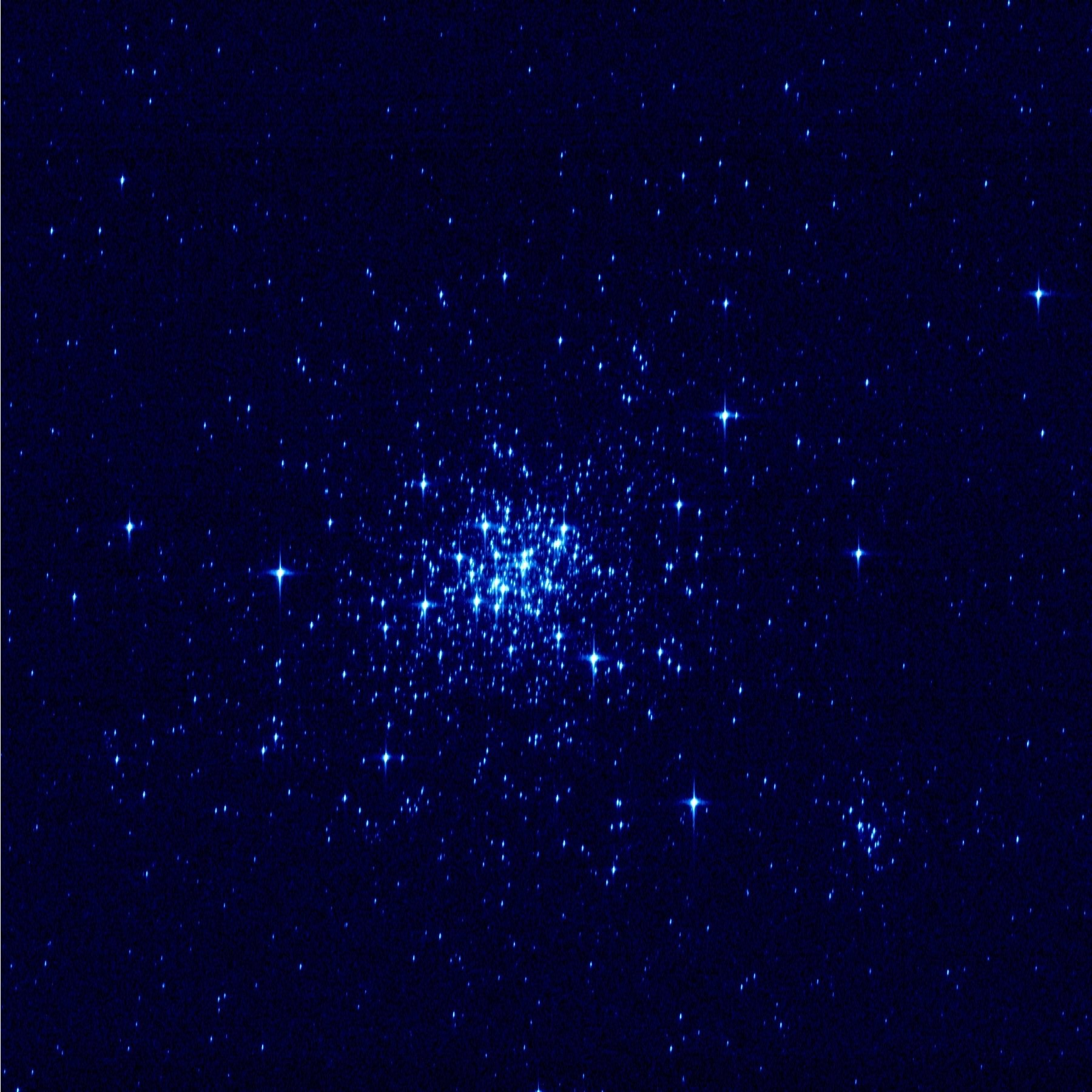From a lonely outpost in space, the European Space Agency’s Gaia telescope is getting ready to map out the Milky Way. It will take some time to calibrate the instruments to make sure they’re ready for work, however, and that’s why you’re looking at the image above.
Controllers aimed the telescope at the Large Magellanic Cloud, which is a satellite galaxy to our own Milky Way, and snapped this picture of star cluster NGC 1818.
“This test picture, taken as part of commissioning the mission to ‘fine tune’ the behaviour of the instruments, is one of the first proper ‘images’ to be seen from Gaia, but ironically, it will also be one of the last, as Gaia’s main scientific operational mode does not involve sending full images back to Earth,” ESA stated.
This is one crucial step along the road to making sure Gaia’s measurements are accurate. In the next five years, it will examine a billion stars (an astounding number, but still only 1 percent of the galaxy’s population). Gaia will build up a database of key stellar properties such as brightness, what it is made of and temperature.
For more information on Gaia, check out this past Universe Today story from its Dec. 19 launch as well as the official Gaia blog.
Source: ESA


I wonder how much closer this will put us to having a more accurate idea of what our galaxy looks like standing back?
The LMC is classified as an irregular galaxy having no symmetrical structure.
Our own galaxy is classified as an “SBc” a barred spiral galaxy…however the
LMC contains a bar in it’s center and may at one time more closely resemble
the milkyway.